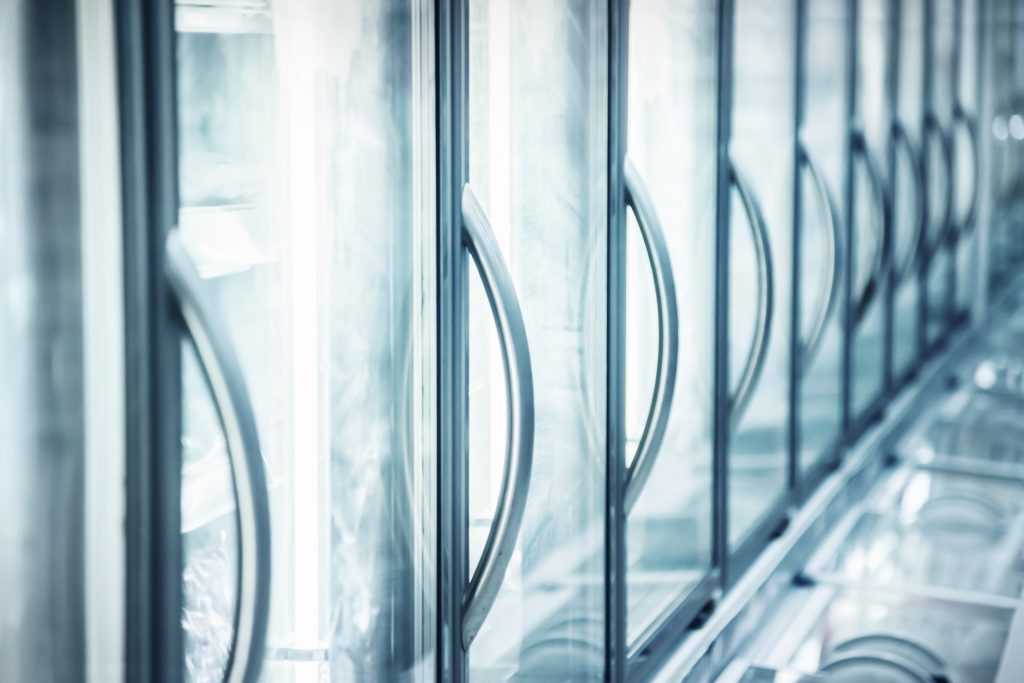From long queues outside petrol stations to staggering energy bills, the consumers have been subjected to a raft of price rises as the cost of fuel continues to climb amid the war in Ukraine. As well as increasing energy bills, the spike in fuel prices has driven up the cost of everyday food items, further contributing towards the impending cost of living crisis.
This issue is escalating rapidly, and The Office for National Statistics in the Uk has singled out increasing food prices as one of the major contributors to UK consumer price inflation rising to 6.2% in February. So what exactly can the food retail industry, already a notoriously small-margin sector, do to become more financially efficient and help to mitigate the cost of living crisis for their consumers, which is likely to be the key lever for retaining and gaining customers over the next year or so, says Jason Murphy, managing director global retail at IMS Evolve.
Organisation across the industry should be looking now to implement digital solutions which can help to mitigate the costs passed on to the consumer. Whilst the price of fuel is difficult to mitigate due to the external causes of cost inflation, retailers can rely on Internet of things (IoT) technology to develop a robust digitalisation strategy to improve the efficiency of their machines and processes, as well as the entire food supply chain. Such strategies will ensure that money is saved across other areas of business to ultimately limit the rise in price of everyday essentials for consumers.
The food supply chain from farm to food isle
Historically, the supply chain has been made up of siloed stages acting as separate entities from farm to food aisle, with limited visibility and connectivity between the many organisations involved. This lack of digitalisation is one of the reasons the rise in fuel has had such a large impact on the food industry, and it has highlighted the importance that improved visibility and connectivity could play in increasing efficiency across the operations, processes and machines in the food supply chain. However, in order to gather, monitor and manage this information, a solid data foundation across the cold chain’s logistics and operations is needed, and this is where IoT technology comes in.

IoT software can collect and manage millions of real-time data points from thousands of machines and sensors across the supply chain every minute of every day. In the food supply chain, the data collected – such as temperature data or location information – can then be shared, accessed and leveraged across the chain to increase product traceability, safety and quality as well as drive predictive maintenance and optimise operational efficiencies. By monitoring data in real-time, supply chain organisations can continuously track for inefficiencies in asset behaviour, and automated adjustments and alignments can be set and enacted by the software to ensure continuously optimised machines across the whole supply chain, without the requirement for human intervention. So how exactly does an efficient supply chain result in savings for the retailer, and ultimately the consumer?
Preventing the ‘over- chill’
A key area where cost-saving efficiencies are driven by IoT technology is the management of temperature data to avoid consuming unnecessary energy by over-chilling food. Supply chain complexity has meant that generally, it is easier to chill all food to the lowest temperature required (by meat). This has resulted in an annual over-chill by millions of degrees, and therefore additional unnecessary energy costs.
However, by using IoT technology to integrate data from the existing machines with supply chain and merchandise systems, as well as the fridge control systems, retailers can automatically set, monitor and maintain refrigeration temperatures to suit the specific contents, removing instances of over-chilling. As a result, not only is energy consumption massively reduced, but food quality is enhanced, and food wastage minimised a sustainability win as well as a consumer one.
Meals on wheels

This IoT technology is an invaluable asset in an industry where retailers must control millions of food deliveries daily and accurately match supply to demand at hundreds or even thousands of locations.
With energy prices increasing, cutting the cost of food transportation is a high priority. Through IoT technology and machine to machine (M2M) communication, retailers can monitor data related to driving time, delivery efficiency and fuel consumption and leverage this data to make faster, more accurate decisions. For example, suggesting route changes to drivers to optimise the trips being taken to reduce the length and number of journeys needed to get food to supermarket shelves, whilst simultaneously lowering fuel consumption.
Controls agnostic solutions
Although the business case for IoT technology is clear, just how realistic is it that supermarkets and supply chain organisations can deploy these technologies successfully and quickly enough to benefit consumers during the current cost of living crisis?
Well, it’s actually much more accessible than it sounds. By deploying controls agnostic technology as a digital layer over the top of existing infrastructure, digital transformation of almost any machine can be enabled. Where traditional monitoring and controls systems are limited to being able to connect to the latest assets or machines made by the same manufacturer, agnostic technology can connect to any addressable device, regardless of its manufacturer or age, and integrate it into the IoT layer to start reading the data, identifying opportunities and enacting change.
This flexible and configurable approach enables a low-barrier, cost-effective approach to IoT implementation without the traditional hurdles of high costs and lengthy timeframes.
A digital supply chain

Thanks to advances in IoT technologies, retailers and organisations throughout the supply chain can quickly implement digital transformations to help increase efficiency, and thus limit expenses even as the cost of fuel continues to rise. By digitising the supply chain, data can be collected in real-time and leveraged to automatically correct any inefficiencies before they cause costly issues. By monitoring factors, such as temperature levels and fuel consumption, retailers can increase visibility and connectivity across the food supply chain to ultimately improve their bottom line and pass the savings directly onto their consumers to help to mitigate the rise of everyday essentials.
The author is Jason Murphy, managing director global retail at IMS Evolve.
Comment on this article below or via Twitter: @IoTNow_OR @jcIoTnow










